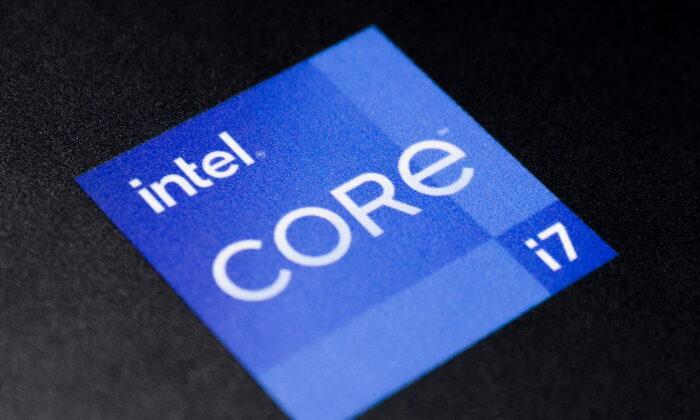The Intel Analysts
BofA Securities analyst Vivek Arya maintained an Underperform rating and $52 price target for Intel shares.Rosenblatt Securities analyst Hans Mosesmann maintained a Sell rating and $40 price target.
Needham analyst Quinn Bolton kept a Buy rating and $60 price target.
Jefferies analyst Mark Lipacis maintained a Hold rating and $48 price target.
BofA Says Intel’s Goals Tough to Achieve
At the 2022 Analyst Day, Intel announced an “ambitious plan” to achieve two-times EPS growth through 2026 and better-than-expected financial targets, including 50 percent gross margin and over 20 percent free cash flow margins, Arya noted.The analyst said he is left unimpressed due to the following reasons:
The company’s goal of achieving process leadership by 2025 assumes flawless execution on five nodes in four years, which is tough to achieve, the analyst said. Despite Intel suggesting roadmap execution, the delay in Granite Rapid (a forthcoming server chip) by a year to 2024 would delay server processor leadership until at least 2024.
Competition in core PC/server CPUs, which accounts to about 35 percent of Intel’s total addressable market, is intensifying with Advanced Micro Devices, Inc./Arm-based alternatives, the analyst said. Newer opportunities like graphics/foundry, accounting for 50 percent of the TAM, already have strong incumbents with large moats, the analyst said.
Intel’s Is 5-Year Turnaround, Rosenblatt Says
Intel CEO Pat Gelsinger has assembled a great team to execute on its goals of “reclaiming semiconductor architecture and process technology leadership,” Mosesmann said.The company’s gross margin assumption of 52 percent at the midpoint over the next few years requires revenues to grow in mid-to-high-single digits, the analyst said.
“Once Intel reclaims semiconductor leadership in 2025/26, management sees 56 percent gross margins at the mid-point (including low 50s from foundry services),” Mosesmann said.
Since Intel’s data center business will continue to be 10nm-based until 2024, AMD remains poised to see further share gains, the analyst said. Intel cannot resort to price cuts to stem market share losses, as it needs to preserve cash in a period of intense investment and where FCF will turn negative, Mosesmann said.
Needham’s Takeaways
Among the positives are the company’s expectations that gross margin trough will stay in the 51 percent-52-53 percent range and its confidence in re-establishing leadership in the desktop and notebook PC segment, Bolton said.The company’s investments will likely keep the margin at the trough level through 2024 and may disappoint investors, the analyst said.
Jefferies Says Investors Seek Evidence for Investments Generating Return
Intel plans to spend its way into a turnaround amid the loss of transistor leadership, share loss to competitors and customers, and lower margins, Lipacis said. This will translate to 35 percent CapEx intensity or $85 billion in CapEx and zero FCF through 2024, he added.Investing in Intel Now Is Investing For 2025, RayJay Says
Intel’s recovery plan will be long and expensive, Caso said.“Net, if you’re investing in INTC now, you’re investing for 2025, when they expect to have regained process superiority, and the achievement of a goal that far ahead remains uncertain,” the analyst said.
Investors need to be willing to forgo free cash flow for the next three years and invest through the next likely downturn, which will likely to be a big ask for investors, he added.






Friends Read Free